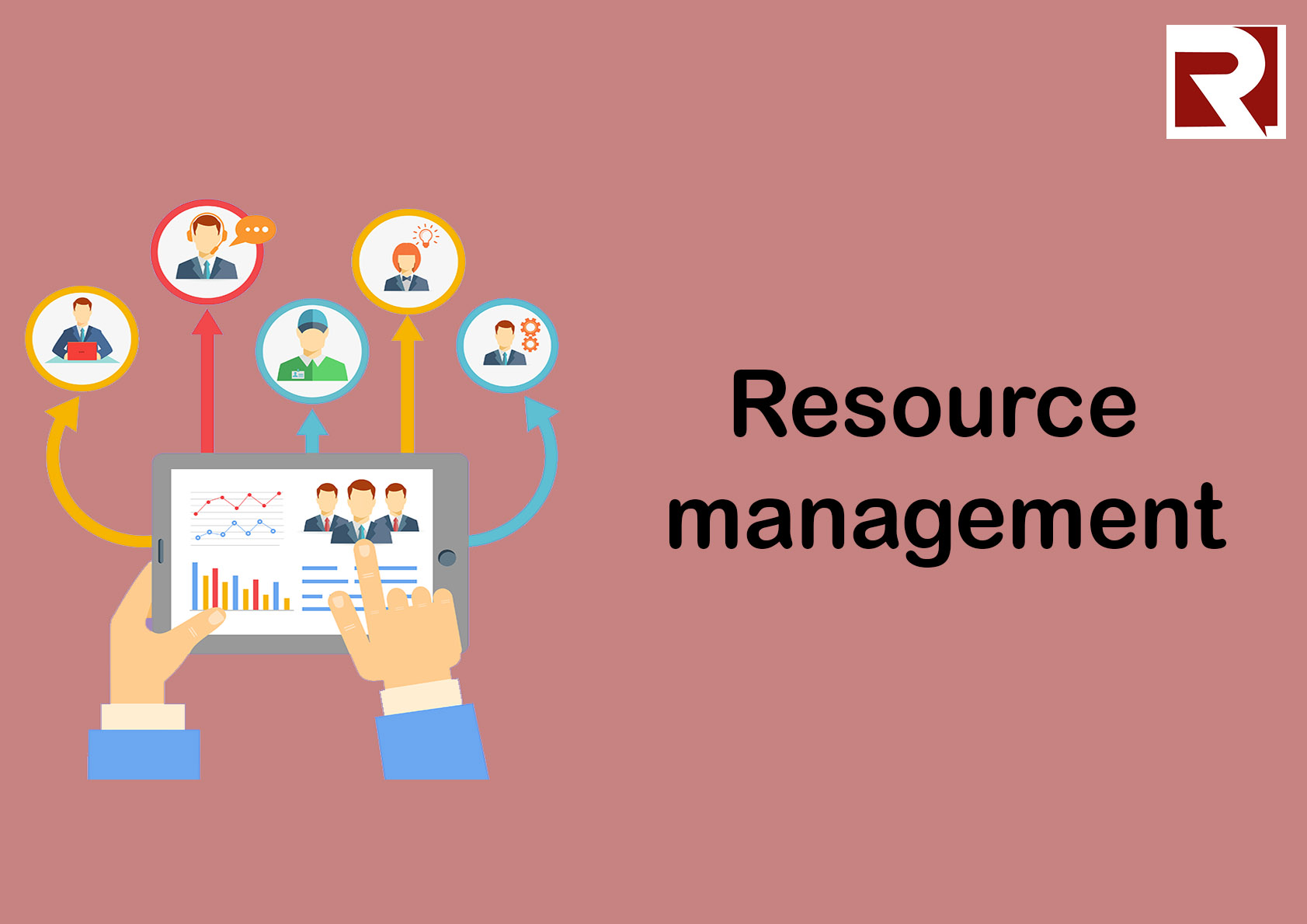Thankfully, we are all learning that the success of an organisation is dependent on what makes it up and not the building that has the company name written on it. And while there is still a lot to learn, we all agree that many things make up an organisation. They include the people and their skills, the equipment, technology, information, finance, materials - basically everything needed to function. They are known as resources. And, of course, success depends on them. But how do we bring these things together to achieve this success? It is by Management.
What is Resource Management?
Resource management is the development and allocation of resources to ensure a productive coexistence and promote efficiency and effectiveness.
The process of resource management is expressed in words such as acquisition, planning, appropriating, rationing, scheduling, reducing, and increasing. It is a process that thrives on making proactive decisions and backing them up with actions.
Every organisation has its goals, objectives, and values. Resource management helps to align every resource to achieve these goals and represent their values to the public. It answers the question -what you have at hand and what you can do with it to get the best result for your business?
Why Resource Management?
The one-word answer to this would be Success, but in project management, that can be ambiguous. Success means different things in different projects, and there is a process to success. So here are five reasons.
Minimizes cost -this is not only about sticking to the budget, but also going for cost-effective alternatives without compromising on the quality of the already set outcome. Resource management helps you consider what you would otherwise have dismissed or not know you already have that can lighten the cost of the project. It makes you aware of all your alternatives.
Encourages inclusiveness -the idea of resource management is getting all needed hands on deck. It considers what every available resource can offer and unify them for the success of the project. It creates a culture where no one is left behind -what everyone and everything can contribute is noted and effectively utilised.
Improved performance -the goal of resource management is improved productivity, and one of the ways to achieve this is to create an environment that fosters improved performance. Resource management helps to bring needed human, material, and financial resources to the people that need them to perform better.
Attentiveness -resource management creates an atmosphere of awareness of needs and availability. It helps in foreseeing a need or irregularity and what can be done to correct it. A healthy level of attention is paid to everything, and it is hard to miss or ignore something that is not as it should be.
Risk management-this has been implied in the other points, but it is necessary to point it out separately. Resource management informs on the amount of risk involved and how available resources minimize or eliminate this risk.
The consequences of not managing resources are pretty obvious, and they are grievous. Part of its long-term consequences includes the business finally closing its doors. Even if the company is doing well with its product and generating profit, wastage of resources, the culture of zero or little accountability from employees will result in considerable losses.



